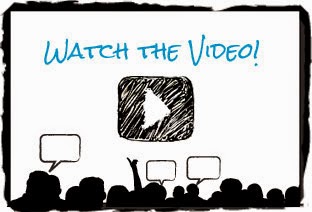Using Podcasts In Your Lessons
As an adult ESL teacher I find it very beneficial to use authentic materials in the classroom. Using NPR podcasts is a great way of introducing new, relevant vocabulary as well as allowing students to listen to a native speaker of English. I also like to use podcasts to practice notetaking skills and them hold a discussion about what was learned afterwords. NPR podcasts are clear audios but usually fast paced, therefore during a lesson comprehension and pre-listening questions are essential to make sure the students understand. A great podcast for all ages is You Bug Me. Now Science Explains Why. It's a very interesting podcast discussing pet peeves and the science behind them.
Here are some sample pre-listening questions for the lesson:
What is NPR? What
type of listening is it?
What type of note
taking would you like to practice when listening to this NPR?
What Types of things
annoy you?
Do the same things annoy
everyone?
Why do you think
certain things annoy certain people?
How do you deal with
things that annoy you?
Here are some sample comprehension questions:
·
What sound is universally annoying? Why?
·
What is a halfalogue? Why do people find it annoying?
·
Why do people feel “forced” to listen to the thing they are
annoyed by?
·
What are our brains always predicting?
·
What is it hard to distinguish annoyances from?
How can we alleviate this sense of annoyance?It's also important to discuss new vocabulary to help aid understanding. I put the vocabulary on quizlet so students may study them later on.
Vocabulary: http://quizlet.com/57855100/you-bug-me-listening-vocabulary-flash-cards/
Some standards that can be covered with this lesson are Standard- ESL1 and 5.










_0.png)